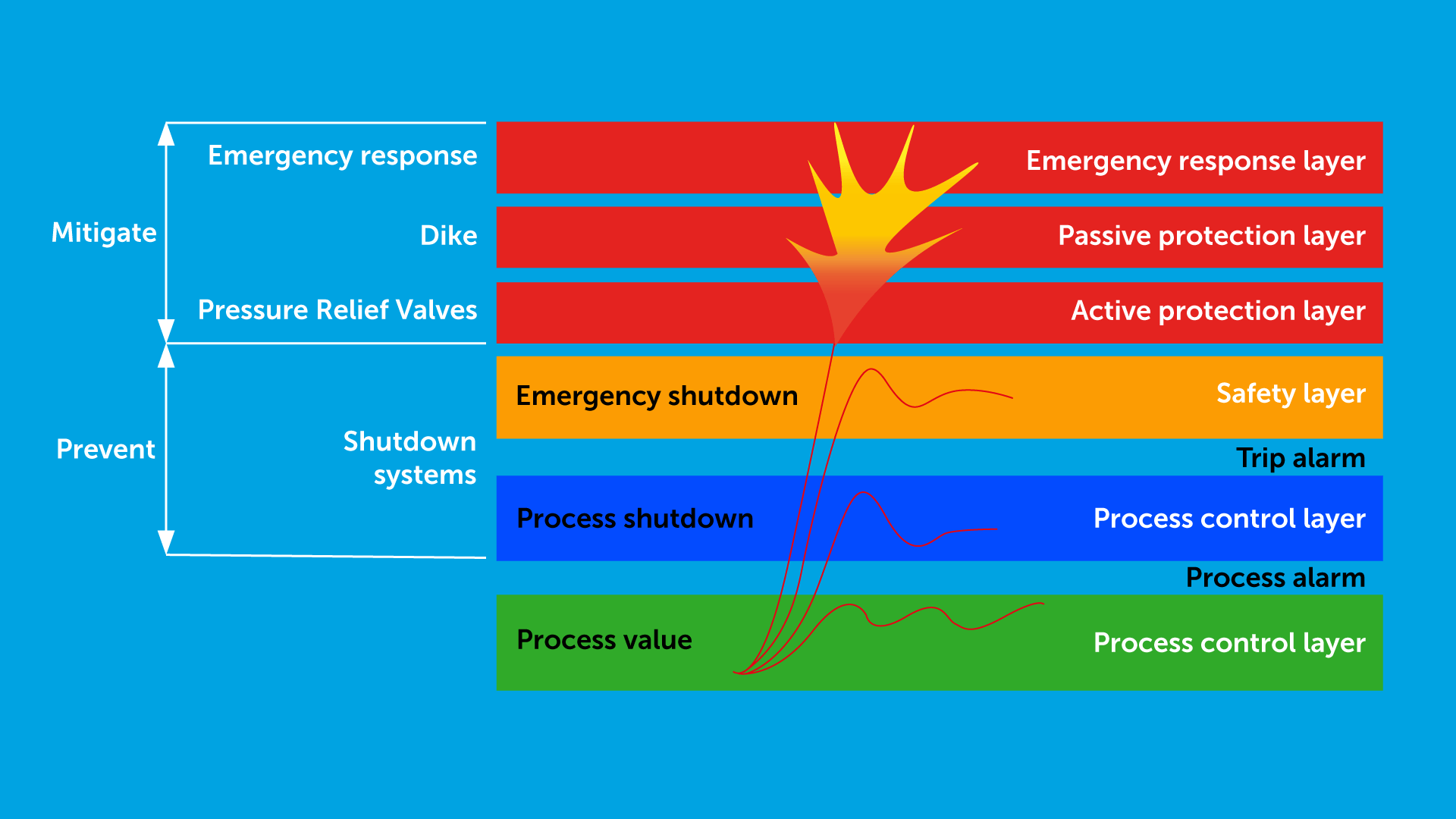Please enter your email address. The ‘Captive key systems
An effective process control method‘ whitepaper is than being sent to you automatically.
Download whitepaper

Learn how to obtain 2 IPL credits with the use of captive key systems
Risk assessment exercises conducted in high-risk process environments often identify gaps in the current independent layers of protection (IPL). This leaves hazards addressed with PPE, administrative controls, or other less effective means of risk management. Process safety managers are left searching for ways to achieve required IPL compliance, without extremely costly or invasive solutions in a facility.
One simple practice proven very effective is a captive key lock system. This engineering control eliminates human error in valve operation by use of mechanically interlocking keys, and is recognized as a best practice. With the use of captive key 2ystems, 2 IPL credits, or a 100x risk factor reduction, can be easily obtained with no changes to current piping or infrastructure. Captive key systems can be applied to processes ranging from simple pressure safety valve (PSV) isolation systems to dangerous, complex procedures like pipeline pigging, catalyst regeneration and furnace de-coking. Learning from worldwide best practices can add useful tools in the PSM’s toolbox.

